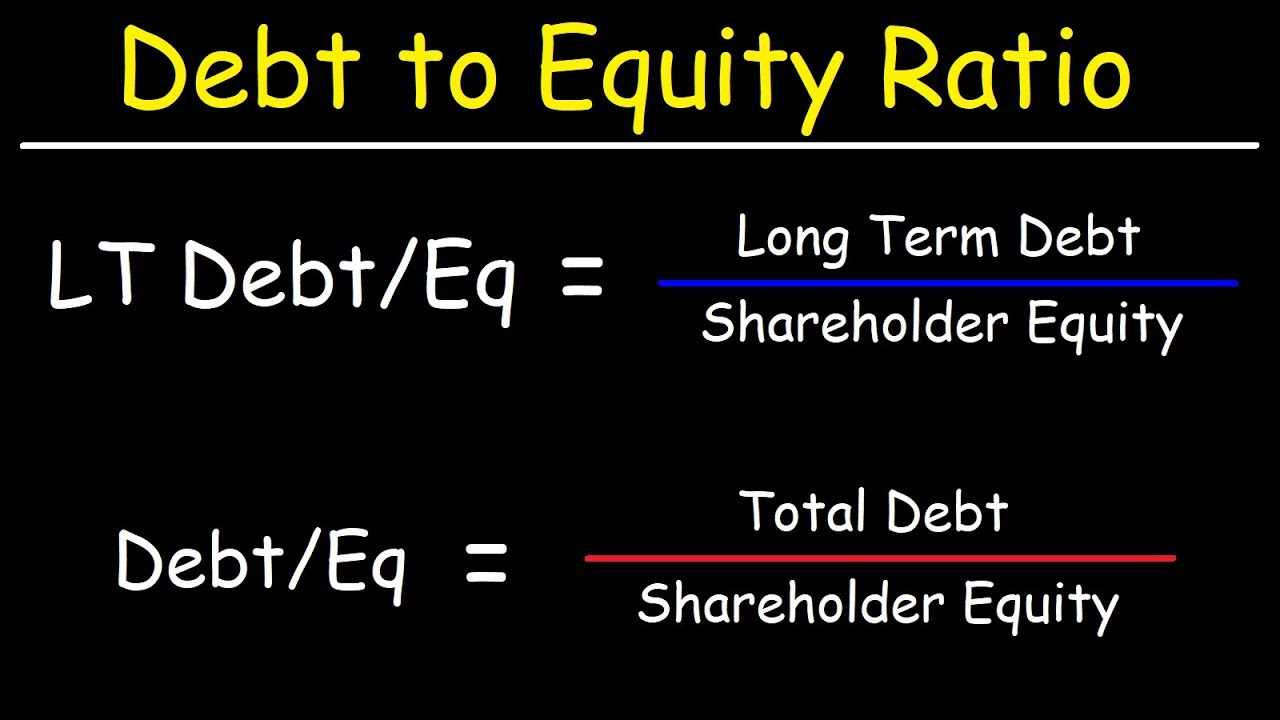
The debt ratio is defined as the ratio of total debt to total assets, expressed as a decimal or percentage. It can be interpreted as the proportion of a company’s assets that are financed by debt. While the total debt to total assets ratio includes all debts, the long-term debt to assets ratio only takes into account long-term debts. Debt product quality in operations and supply chains ratio is a metric that measures a company’s total debt, as a percentage of its total assets. A high debt ratio indicates that a company is highly leveraged, and may have borrowed more money than it can easily pay back. Investors and accountants use debt ratios to assess the risk that a company is likely to default on its obligations.
- Then, they divide the latter by the former to derive the debt-to-asset ratio.
- The investor will then participate in the company’s profits (or losses) and will expect to receive a return on their investment for as long as they hold the stock.
- In a low-interest-rate environment, borrowing can be relatively cheap, prompting companies to take on more debt to finance expansion or other corporate initiatives.
- Maintaining a good debt ratio is key to strategic financial planning, enabling companies to leverage debt for growth without compromising their ability to meet obligations.
Formula and Calculation of the D/E Ratio
Calculating the debt-to-income (DTI) ratio for RV financing involves gathering key financial information. This metric helps ensure you’re on solid ground when assessing your ability to manage RV payments alongside other financial commitments. For individual investors, high debt ratio may present a considerable risk, as such companies may not be in a position to weather financial downturns or unexpected expenses. Debt ratios are used to assess the financial risk and health of not only businesses, but also non-profits, governments–and individuals.
Why You Can Trust Finance Strategists
With less debt to pay off, these companies usually bear less financial risk and are likely to withstand economic downturns better than their more leveraged counterparts. This is because while all companies must balance the dual risks of debt—credit risk and opportunity cost—certain sectors are more prone to large levels of indebtedness than others. Capital-intensive businesses, such as manufacturing or utilities, can get away with slightly higher debt ratios when they are expanding operations. The closer the ratio gets to 1, the more debt a company has in relation to its assets. If it is higher than 0.5, that means that more than half of a company’s working capital (the money it uses for operations and growth) is coming from debt. A rule of thumb for companies is to keep their debt ratios under 0.6, but a good debt ratio varies by industry.

Risk assessment:
Even as the debt ratio serves as a critical parameter in financial decision-making, it comes with its share of limitations. However, an ideal D/E ratio varies depending on the nature of the business and its industry because there are some industries that are more capital-intensive than others. The quick ratio is also a more conservative estimate of how liquid a company is and is considered to be a true indicator of short-term cash capabilities. For instance, a company with $200,000 in cash and marketable securities, and $50,000 in liabilities, has a cash ratio of 4.00.
Debt Ratio Formula and Calculation
Pete Rathburn is a copy editor and fact-checker with expertise in economics and personal finance and over twenty years of experience in the classroom. Before wrapping up, let’s consider a balanced approach to debt management in our final thoughts. Our team is ready to learn about your business and guide you to the right solution.
Debt ratios vary greatly among industries, so when comparing them from one company to the other, it’s important to do so within the same industry. The debt ratio is a significant financial metric used to evaluate a company’s indebtedness. By comparing total debt to total assets, it can clearly show the proportion of a company’s assets that are financed by debt.
If the company is aggressively expanding its operations and taking on more debt to finance its growth, the D/E ratio will be high. Utilities and financial services typically have the highest D/E ratios, while service industries have the lowest. If a company’s D/E ratio is too high, it may be considered a high-risk investment because the company will have to use more of its future earnings to pay off its debts.
Leveraged companies are considered riskier since businesses are contractually obliged to pay interests on debts regardless of their operating results. Even if a business incurs operating losses, it still is required to meet fixed interest obligations. In contrast, the payment of dividends to equity holders is not mandatory; it is made only upon the decision of the company’s board.
If interest rates are higher when the long-term debt comes due and needs to be refinanced, then interest expense will rise. A ratio of less than 1 is considered ideal as this indicates that the total number of assets is more than the amount of debt a company acquires. When the value is 1 or more, it depicts the tight financial status of the firm. A higher value will mean the entity is more likely to default and may turn bankrupt in the long run. Tune in for the next section where we discuss the risks and benefits of varying debt ratios. This formula shows you the proportion of a company’s assets that are financed by debt.
